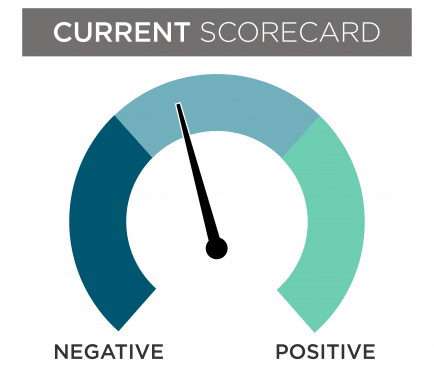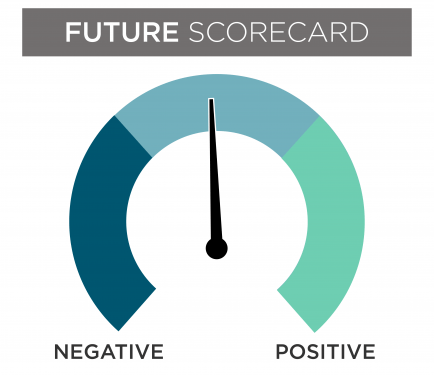January Monthly Economic Dashboard
Current Situation
While the economy rebounded overall in the fourth quarter of 2021, data from December and January suggest softer conditions to start the new year. Consumer spending declined in December while the surge in Omicron cases has led to reduced in-person activity. Supply chain disruptions (while starting to ease a bit) continue to constrain manufacturing output (especially for autos) while leading to shortages of goods and pushing prices higher. Rising inflation is also weighing on consumer sentiment, especially as policy support from the government and the Fed fades.


Future Outlook
The soft patch for the U.S. economy in early 2022 is expected to be short-lived as new Covid cases are already fading quickly, reducing the drag on economic activity. Improving supply conditions should combine with solid job and income gains to propel growth forward at a strong pace over the middle of the year. As supply chains heal, Inflation should decelerate, but is likely to remain above-trend into 2023 as prior expansionary monetary policy continues to push services prices upward. Fed tightening will eventually slow growth, but not until next year and beyond.
Citations/Disclaimers
-
The information in this report is provided by Nationwide Economics and is general in nature and not intended as investment or economic advice, or a recommendation to buy or sell any security or adopt any investment strategy. Additionally, it does not take into account any specific investment objectives, tax and financial condition or particular needs of any specific person.
The economic and market forecasts reflect our opinion as of the date of this report and are subject to change without notice. These forecasts show a broad range of possible outcomes. Because they are subject to high levels of uncertainty, they will not reflect actual performance. We obtained certain information from sources deemed reliable, but we do not guarantee its accuracy, completeness or fairness.

